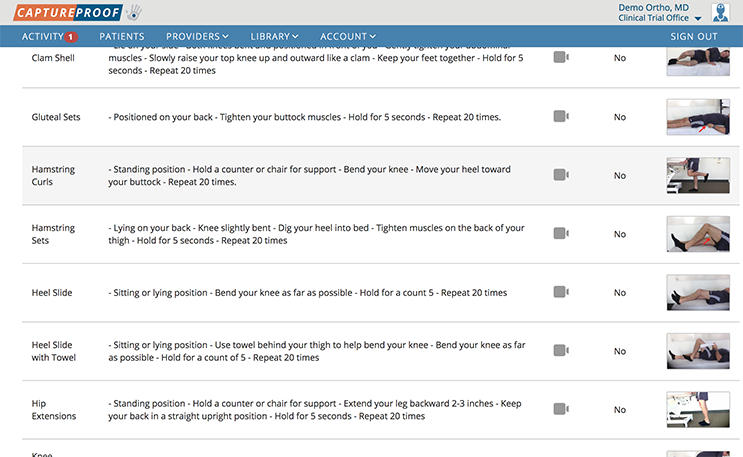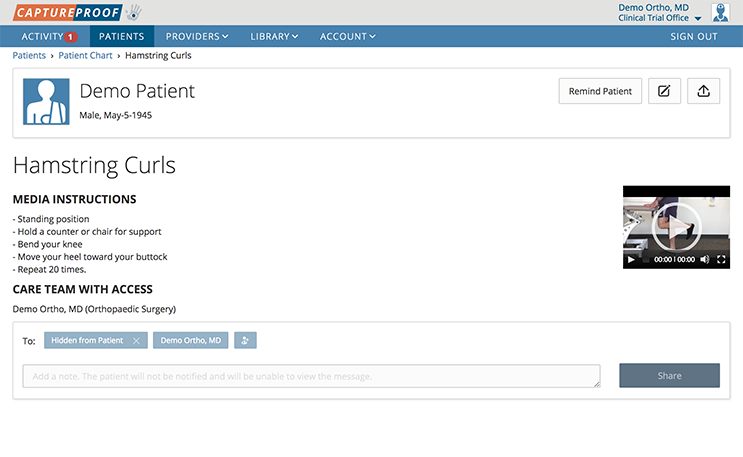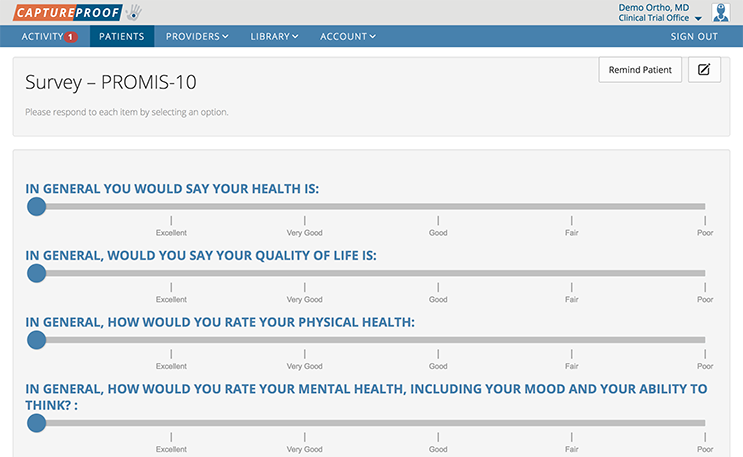Researcher
Objective Progress Tracking
View Subjects' Progress Throughout a Clinical Trial
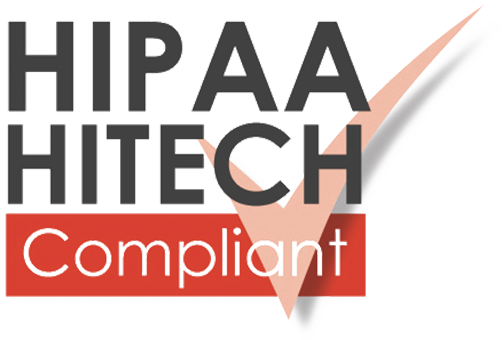
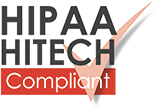
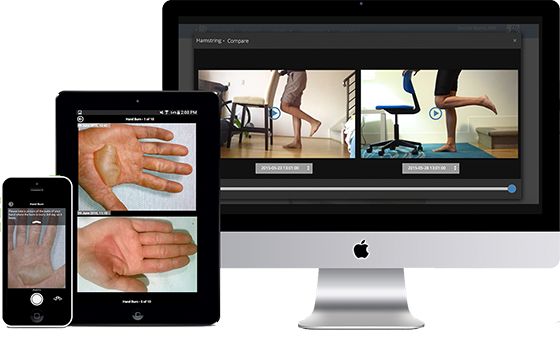
CaptureProof is the leading HIPAA-compliant platform for capturing, curating, and collaborating medical photos and videos. Designed with clinical trials in mind, CaptureProof streamlines the process of keeping investigators and subjects on track through automated instructions and notifications customized to fit any study protocol.
Researching something with a visual endpoint? We should talk.
CaptureProof offers:
Objective Progress Tracking
View subjects' progress throughout a clinical trial
Constant Up-to-Date Data Access
Quickly and securely access study results, updated in real time
Clear and Seamless Delivery to the FDA
NDA applications done highlighting results in one glance
Comparative organization
Automatic side-by-side of subject media
Sensor Data
Track wearable sensor data and monitor subjects with extreme accuracy
Custom Protocols
Ensure accurate data and proper following of protocol
Structured Questions/Surveys
Get the answers you need from subjects or investigators
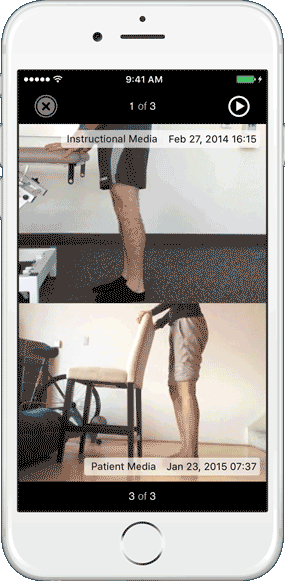
CaptureProof is The Visual Health Record
Easily manage medical media & compare progress. Objectively document the impact an intervention is having on a patient. CaptureProof effectively removes all perception from a disease state and allows for a central reader.
HIPAA SECURE: PHOTOS | VIDEOS | CHAT | PDF | OUTCOMES
Capture

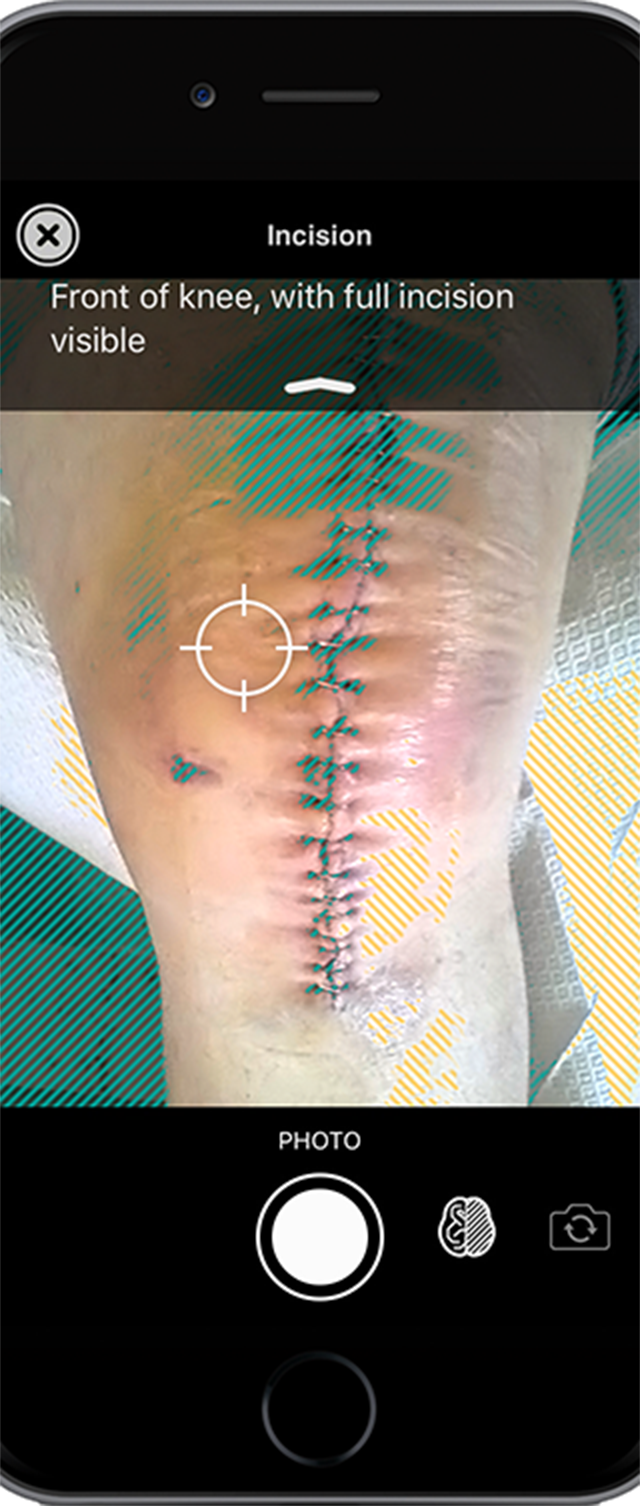
Compare
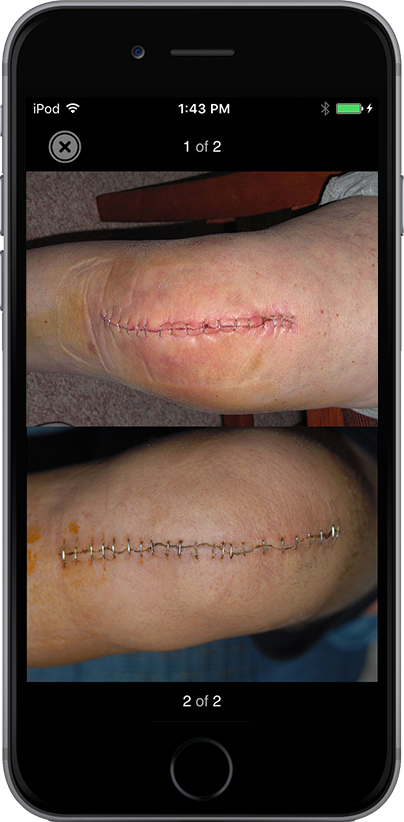
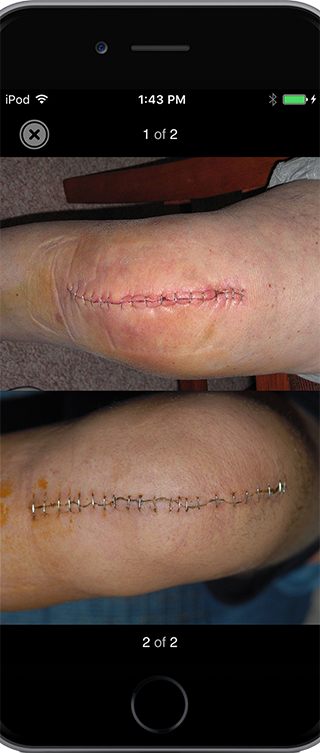
Share

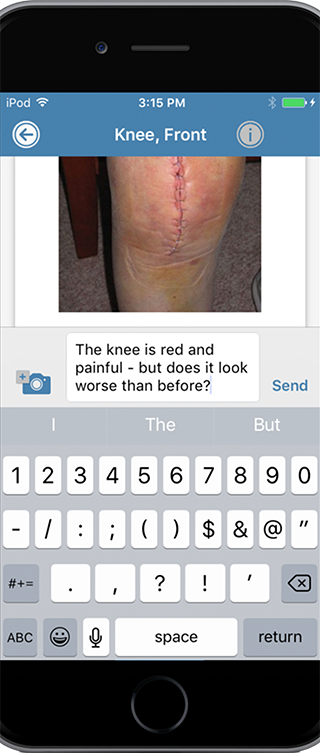
Digital Check Up
Send a Personalized Pathway to Any Patient. Anytime.
Digital Check Up
Send a Personalized Pathway to Any Patient. Anytime.
Effectiveness Proven by Studies
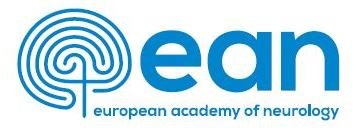
Video quality using outpatient smartphone videos in epilepsy: Results from the OSmartViE study
European Journal of Neurology JANUARY 2021
- Forty‐four patients (31 women, age 45.1 years [r = 20–82]) were included and 530 SVs were viewed by a mean of seven experts and six residents; one video per patient was reviewed for a mean of 133.8 s (r = 9–543).
- In all, 30 patients had PNEAs, 11 had ESs, and three had PhysNEEs.
- Quality was suitable in 70.8% of SVs (375/530 total views), with 36/44 (81.8%) patient SVs rated as adequate by the majority of reviewers.
- Accuracy improved with the presence of convulsive features from 72.4% to 98.2% in ESs and from 71.1% to 95.7% in PNEAs.
- An accurate diagnosis was given by all reviewers (100%) in 11/44 SVs (all PNEAs).
- Audio was rated as good by 86.2% of reviewers for these SVs compared with 75.4% for the remaining SVs (p = 0.01).
- Lighting was better in SVs associated with high accuracy (p = 0.06), but clarity was not (p = 0.59).
- Poor video quality yielded unknown diagnoses in 24.2% of the SVs reviewed.
- Features hindering diagnosis were limited interactivity, restricted field of view and short video duration.
William O. Tatum, Lawrence J. Hirsch, Michael A. Gelfand, Emily K. Acton, W. Curt LaFrance, Robert B. Duckrow, David Chen, Andrew S. Blum, John Hixson, Joe Drazkowski, Selim Benbadis, Gregory D. Cascino, The OSmartViE Collaborators

ASSESSMENT OF THE PREDICTIVE VALUE OF OUTPATIENT SMARTPHONE VIDEOS FOR DIAGNOSIS OF EPILEPTIC SEIZURES
JAMA NEUROLOGY JANUARY 2020
- The odds of receiving a correct diagnosis were 5.45 times greater using smartphone video alongside patient history and physical examination results than with history and physical examination alone (95% CI, 1.01-54.3; P = .02)
- One-fourth of the smartphone videos were correctly diagnosed by 100% of the reviewing physicians, composed solely of psychogenic attacks.
- When histories and physical examination results were combined with smartphone videos, correct diagnoses rose from 78.6% to 95.2%.
William O. Tatum, DO1; Lawrence J. Hirsch, MD2; Michael A. Gelfand, MD3; Emily K. Acton, BS3; W. Curt LaFrance Jr, MD, MPH4; Robert B. Duckrow, MD2; David K. Chen, MD5; Andrew S. Blum, MD4; John D. Hixson, MD6; Joe F. Drazkowski, MD7; Selim R. Benbadis, MD8; Gregory D. Cascino, MD9; for the OSmartViE Investigators
1Department of Neurology, Mayo Clinic, Jacksonville, Florida
2Department of Neurology, Yale University, New Haven, Connecticut
3Department of Neurology, University of Pennsylvania, Philadelphia
4Department of Neurology, Brown University, Providence, Rhode Island
5Department of Neurology, Baylor College of Medicine, Houston, Texas
6University of California, San Francisco, San Francisco
7Department of Neurology, Mayo Clinic, Phoenix, Arizona
8Department of Neurology, University of South Florida, Tampa
9Department of Neurology, Mayo Clinic, Rochester, Minnesota

Noninvasive assessment of liver steatosis in deceased donors: A pilot study
JOURNAL OF LIVER TRANSPLANTATION DECEMBER 2017
Manuela Cesaretti, Nicolas Poté, Francois Cauchy, Federica Dondero, Safi Dokmak, Ailton Sepulveda, Anne Sophie Schneck, Claire Francoz, Francois Durand, Valerie Paradis and Olivier Soubrane PARIS, FRANCE
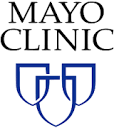
Outpatient Smartphone Videos for Classifying Epileptic and Nonepileptic Seizures
PRESENTED AT AMERICAN EPILEPSY SOCIETY MEETING 2017
William O. Tatum DO1, Larry Hirsch MD2, Robert Duckrow MD2, David Chen MD3, Michael Gelfand MD PhD4, Curt LaFrance MD5, Andrew Blum MD5, John Hixson MD6, Joe Drazkowski MD1, Selim Benbadis MD7, Diego Carvalho MD1, Alfonso Lopez MD1, Erin Okazaki MD1, Iris Marin Collazo MD1, Ashish Ranpura MD2, Scott Yuan MD2, Jon Kleen MD6, Erin Coonan8, Gregory Cascino MD1
Departments of Neurology: 1Mayo Clinic, 2Yale University, 3Baylor University, 4University of Pennsylvania, 5Brown University, 6University of California San Francisco, 7University of South Florida, 8Boston College

Outpatient Smartphone Videos in Epilepsy (OSmartViE): Initial Results of Video Quality
POSTER PRESENTED AT AMERICAN EPILEPSY SOCIETY MEETING DEC 2017
Erin E. Coonan1, Lawrence J. Hirsch MD2, Robert B. Duckrow MD2, David Chen MD3, Michael Gelfand MD PhD4, Andrew Blum MD5, John Hixson MD6, William LaFrance MD5, Joseph Drazkowski MD1, Selim Benbadis MD7, Gregory Cascino MD1, William O. Tatum DO1
Departments of Neurology: 1Mayo Clinic, 2Yale University, 3Baylor University, 4University of Pennsylvania, 5Brown University, 6University of California San Francisco, 7University of South Florida

Noninvasive assessment of liver steatosis in deceased donors: a pilot study
POSTER PRESENTED AT 13éme Congrès Francophone de Chirurgie Digestive et Hépato-Bilio-Pancréatique 13th Congress of Digestive Surgery and Hepato Pancreatic Bilio
Manuela Cesaretti1 2, Nicolas Poté3, Francois Cauchy1, Federica Dondero1, Safi Dokmak1, Ailton Sepulveda1, Anne Sophie Schneck1, Claire Francoz4, Francois Durand4, Valerie Paradis3, Olivier Soubrane1
1Beaujon Hospital, Department: HPB Surgery and Liver Transplantation; 2Istituto Italiano di Tecnologia; 3Hôpital Beaujon, Department: Pathology; 4Beaujon Hospital, Hepatology and Liver Intensive Care.

Outpatient Smartphone Videos in Epilepsy (OSmartViE): Initial Results
POSTER PRESENTED AT AMERICAN EPILEPSY SOCIETY DEC 2016
William O. Tatum DO1, Larry Hirsch MD2, Robert Duckrow MD2, David Chen MD3, Michael Gelfand MD PhD4, Curt LaFrance MD5, Andrew Blum MD5, John Hixson MD6, Joe Drazkowski MD1, Selim Benbadis MD7, Diego Carvalho MD1, Alfonso Lopez MD1, Erin Okazaki MD1, Iris Marin Collazo MD1, Ashish Ranpura MD2, Scott Yuan MD2, Jon Kleen MD6, Erin Coonan8, Gregory Cascino MD1 Departments of Neurology: 1Mayo Clinic, 2Yale University, 3Baylor University, 4University of Pennsylvania, 5Brown University, 6University of California San Francisco, 7University of South Florida, 8Boston University
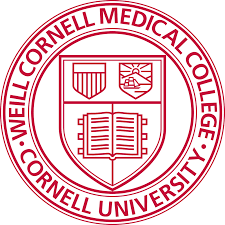
TESTING feasibility and utility of remote data capture technology to assess parkinson’s disease
POSTER PRESENTED AT INTERNATIONAL PARKINSON AND MOVEMENT DISORDER SOCIETY BERLIN, GERMANY JUNE 2016
- High quality of home video recordings for asynchronous video-recordings are feasible in early to mid-stage PD using a HIPAA-compliant app and cloud-based platform
- Ratings from the modified “svUPDRS” are in good agreement with scores on equivalent items from the in- person UPDRS
- Two independent raters did not differ significantly in ratings on the video-based visits
- 1 hour in-office training is adequate for most patients
- Asynchronous virtual visits are a novel tool for creating an archive of rich patient data beyond the scope & scale of what can be captured in a clinical setting
CLAIRE HENCHCLIFFE, MD DPhil, cornell medical center, new york, ny
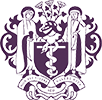
REMOTE ASYNCHRONOUS TELEREHABILITATION FOLLOWING TOTAL KNEE ARTHROPLASTY
JOURNAL OF TELEMEDICINE TELECARE MARCH 2016
STEFANO BINI, MD, KAISER PERMANENTE, OAKLAND, CA
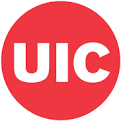
Use of Smartphone Application for Management of Postoperative Wound Complications
AUGUST 2013
Krzysztof B. Siemionow, MD, UNIVERSITY ILLINOIS CHICAGO, CHICAGO, IL
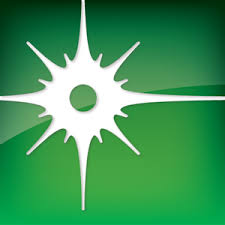
BENEFITS OF MEDICAL MEDIA IN PEDIATRIC NEUROLOGY
AWARDED “ORAL PRESENTATION” AT AAN POSTER SESSION APRIL 2013
FARHARD SAHEBKAR-MOGHADDAM, MD, SUTTER MEDICAL CENTER, SAN FRANCISCO, CA
Initial image is used to set protocol and ensure consistency
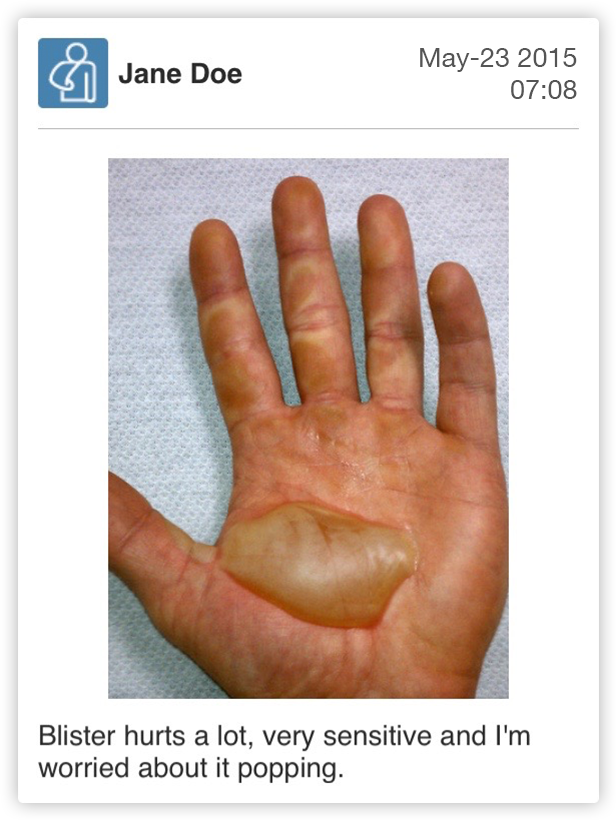
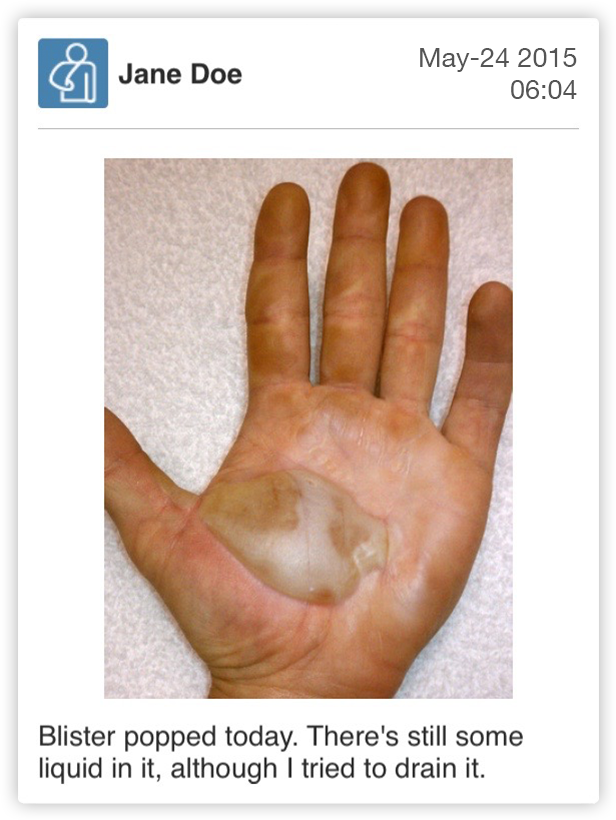
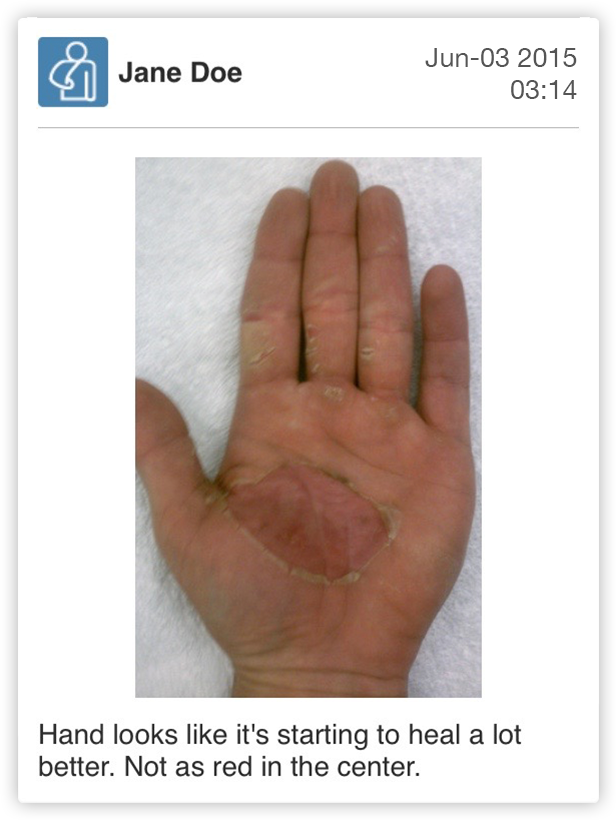
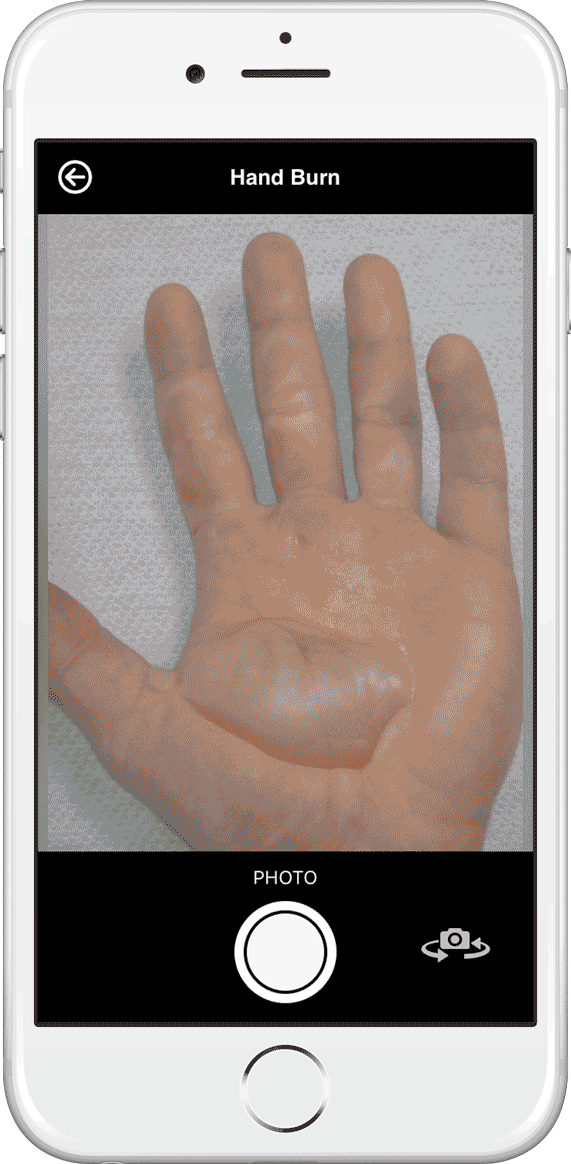
Care Team Collaboration

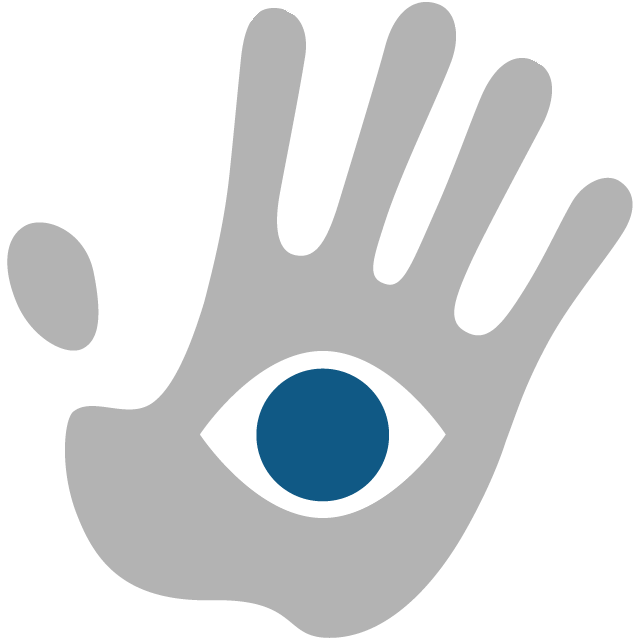
90% of patients on CaptureProof say it helped them better manage their health
CaptureProof is proven to:
- Reduce ER visits
- Identify urgent patients with 78% more accuracy
- Reduce non-urgent follow up visits by 75%
- Save 60% of follow up resources per TKA
- 71% of home videos can be read and confidently diagnosed by epileptologists
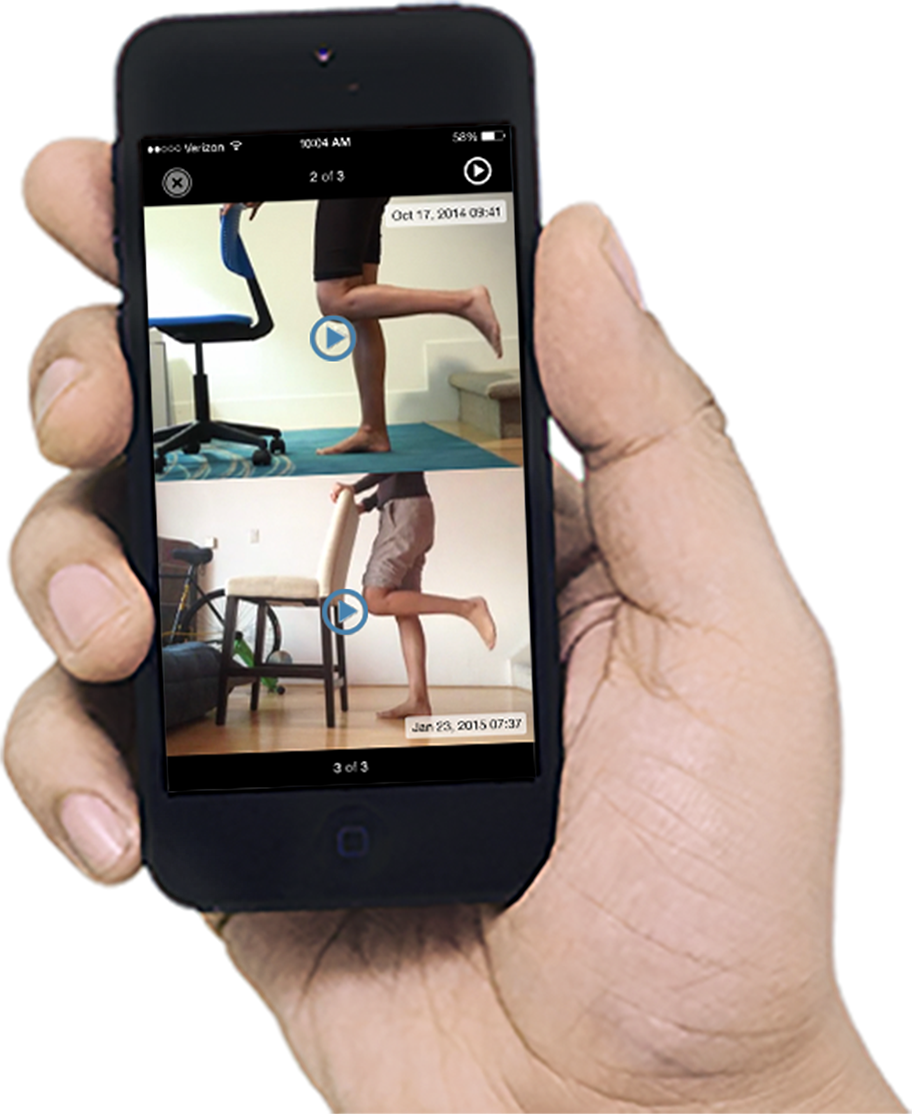
Want to try CaptureProof
for yourself?
Want to try CaptureProof for yourself?
4Internal study







